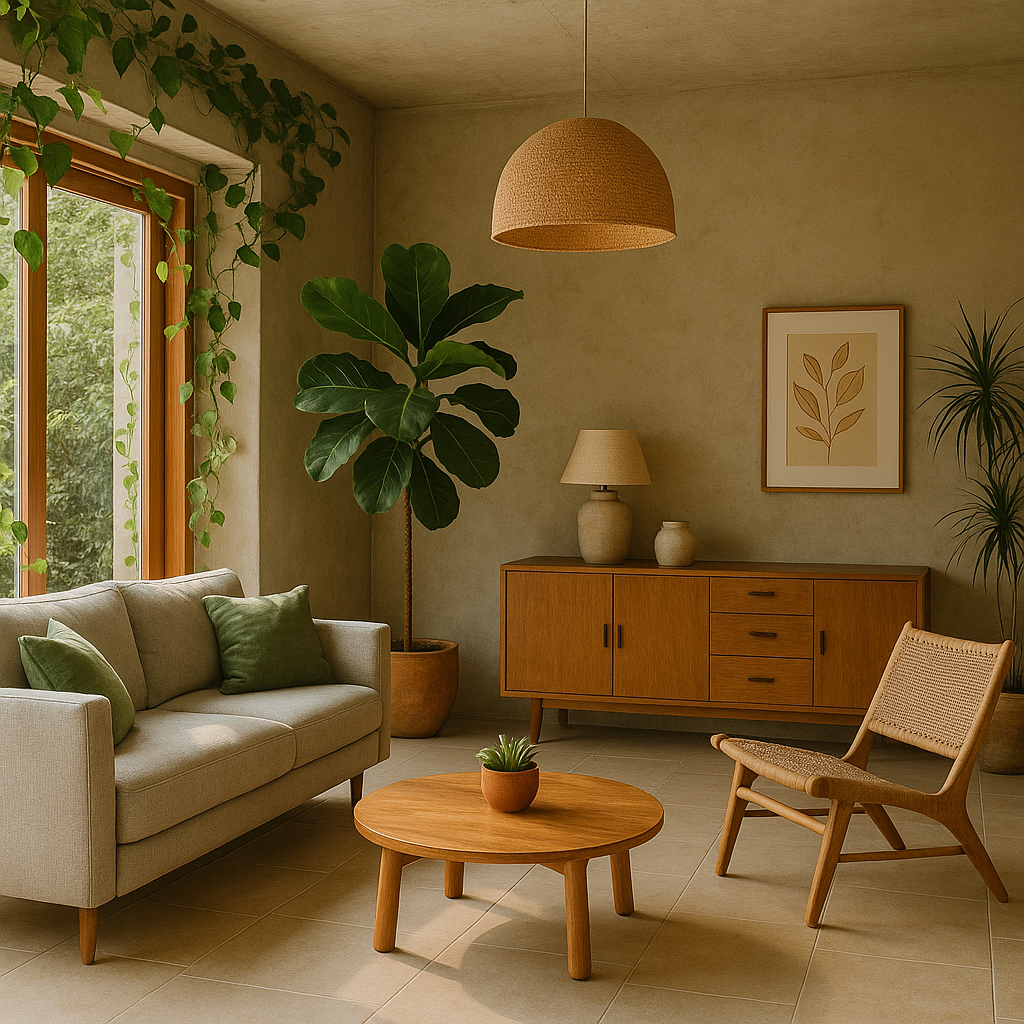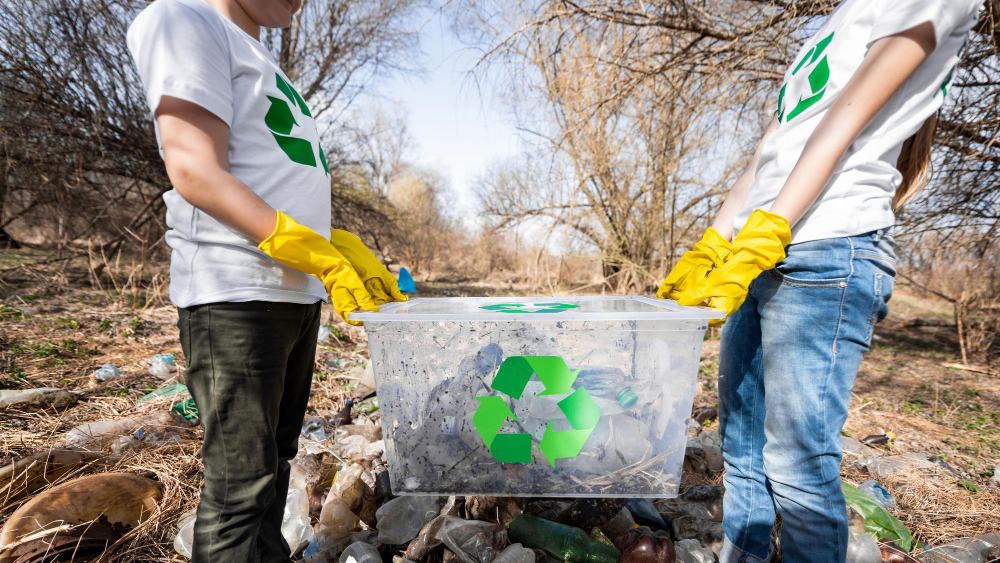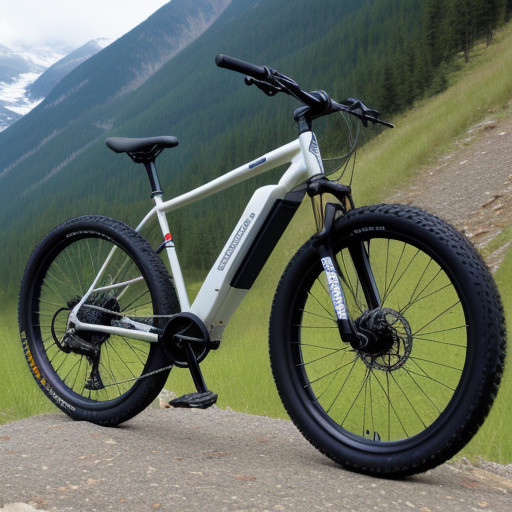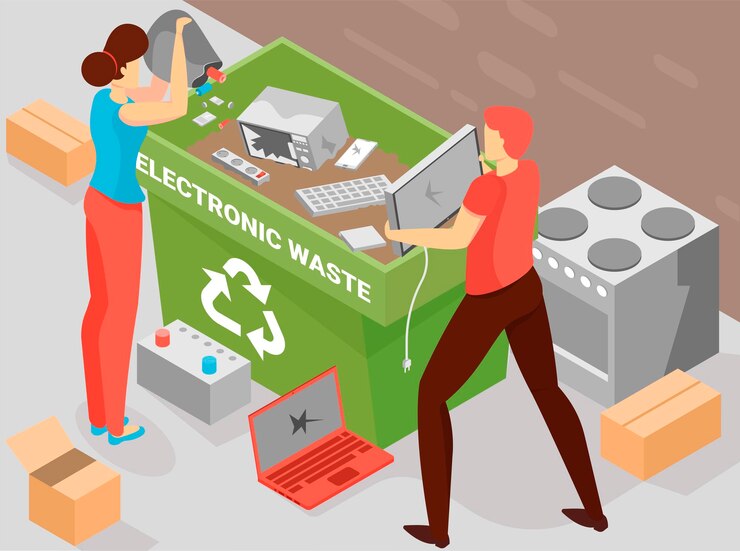Designing for Tomorrow: How Architects and Interior Designers Are Embracing Sustainability

Strong 8k brings an ultra-HD IPTV experience to your living room and your pocket.
In the past, design was all about form and function. Today, there’s a new dimension that can’t be ignored, sustainability. Whether you're building a new home, renovating your space, or simply switching out your furniture, there's a growing expectation that your choices should be both beautiful and eco-conscious.
As climate change, resource scarcity, and health concerns take center stage, architects and interior designers are redefining how we think about the spaces we live and work in. Let’s explore how sustainability is reshaping modern design and what that means for your next project.
Why Sustainability Is No Longer Optional
It’s no secret that the built environment has a huge impact on the planet. According to the World Green Building Council, buildings are responsible for almost 40% of global carbon emissions. That’s a big number—and a big responsibility.
The good news? More people are starting to care. Homeowners, renters, and even businesses are asking for eco-friendly spaces. At the same time, green building standards like LEED and WELL are setting the bar for healthier, low-impact construction. Today, sustainable design isn’t a luxury, it’s becoming the new standard.
Architects Are Leading the Way
Architects are often the first to shape a building’s impact on the environment. They’re designing homes and structures that are smarter, cleaner, and more efficient from the ground up.
Here’s how:
Passive design strategies: By taking advantage of natural light, airflow, and thermal mass, architects reduce the need for artificial heating or cooling.
Low-impact materials: Reclaimed wood, bamboo, and rammed earth are making a comeback as beautiful, renewable alternatives to traditional materials.
Green roofs and vertical gardens: These aren’t just visually striking—they reduce heat absorption, improve air quality, and support biodiversity.
These design choices show that sustainability can be seamlessly integrated into both form and function.
Interior Designers Are Thinking Green Too
It’s not just what’s on the outside that counts. Interior designers are embracing sustainability in ways that touch our everyday lives.
They’re:
- Choosing furniture made from recycled or responsibly sourced materials
- Avoiding toxic finishes, paints, and glues to create healthier indoor air
- Prioritizing durability and timeless aesthetics to reduce waste
- Designing layouts that use natural light efficiently
Sustainability isn’t just about the planet, it’s also about people. A well-designed, eco-friendly space can improve your mental well-being, reduce stress, and even boost productivity.
Design Elements That Support a Greener Future
You don’t have to overhaul your entire home to make it greener. Small, smart choices can add up. Here are a few interior elements making a big impact:
- Natural, renewable materials like cork, jute, and clay plaster
- LED lighting and energy-efficient appliances to cut electricity use
- Biophilic design that brings nature indoors, think living walls, indoor plants, earthy textures, and natural color palettes
These elements do more than just look good. They make your space feel calmer, healthier, and more connected to the world outside.
Real-Life Inspiration: Sustainable Design in Action
From boutique hotels to family homes, sustainable design is no longer limited to cutting-edge architecture magazines.
- In Melbourne, a townhouse was built using recycled bricks, solar panels, and reclaimed timber to create a stylish but low-impact home.
- In Bangalore, interior designers are creating beautiful workspaces using second-hand furniture and bamboo partitions.
- More firms are embracing circular design, where every element—from flooring to lighting—is chosen with reuse, recycling, or biodegradability in mind.
These real-life examples prove that sustainability and style can go hand-in-hand.
The Challenges and How Designers Are Overcoming Them
Let’s be honest, going green can come with a few roadblocks. Sustainable products may cost more upfront. Some materials aren’t always locally available. And clients often want eco-friendly solutions without compromising on look or comfort.
But the design community is rising to the challenge.
Sourcing smarter: Designers are finding local and ethical suppliers
Educating clients: They’re helping people understand the long-term value of investing in sustainable choices
Innovating constantly: New materials, technologies, and methods are making green design more accessible every day
What’s Next?
The future of design is data-driven, personalized, and deeply rooted in sustainability. Designers are using AI tools to model energy usage, simulate natural light, and reduce waste even before construction begins. Homes are being built with modular elements for easy upgrades and repurposing.
More importantly, clients are shifting from asking “how much will it cost?” to “how much will it save—in energy, waste, and health?”
Final Thoughts
Sustainability isn’t just a trend, it’s becoming the foundation of good design. Whether you’re building from scratch or updating your space, every choice matters, from the materials you use to how your interiors support health and efficiency.
Approaches like green interior design, which focus on eco-conscious materials and mindful layouts, are making it easier than ever to design spaces that are both beautiful and responsible. Because when it comes to designing for tomorrow, even the smallest decisions can leave a lasting impact.
Note: IndiBlogHub features both user-submitted and editorial content. We do not verify third-party contributions. Read our Disclaimer and Privacy Policyfor details.







